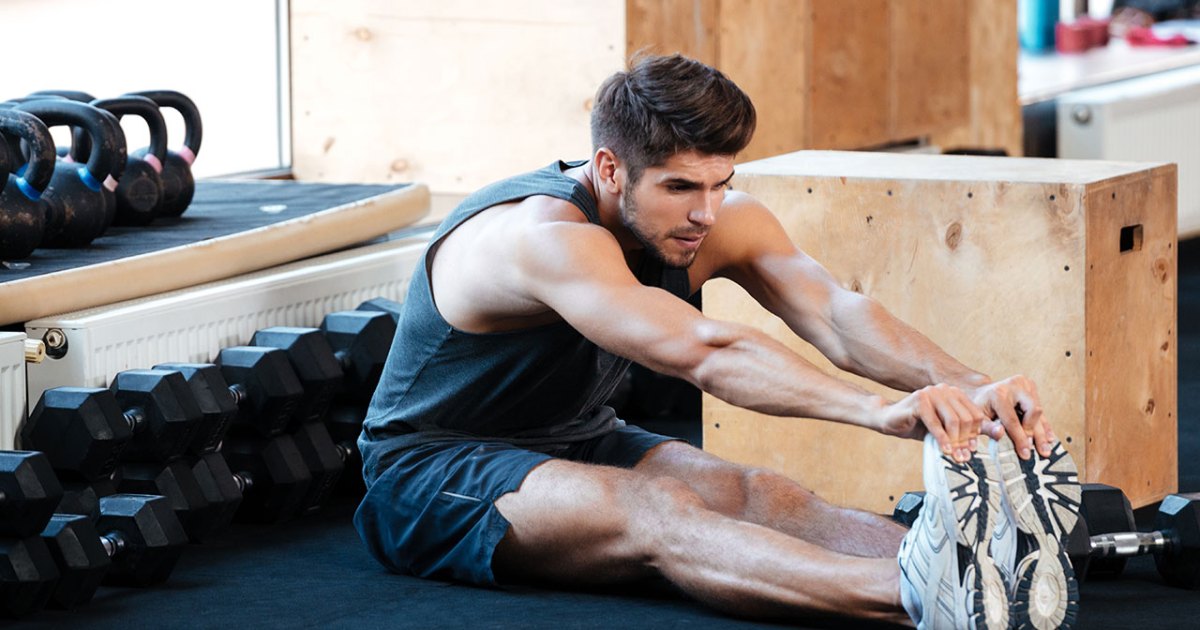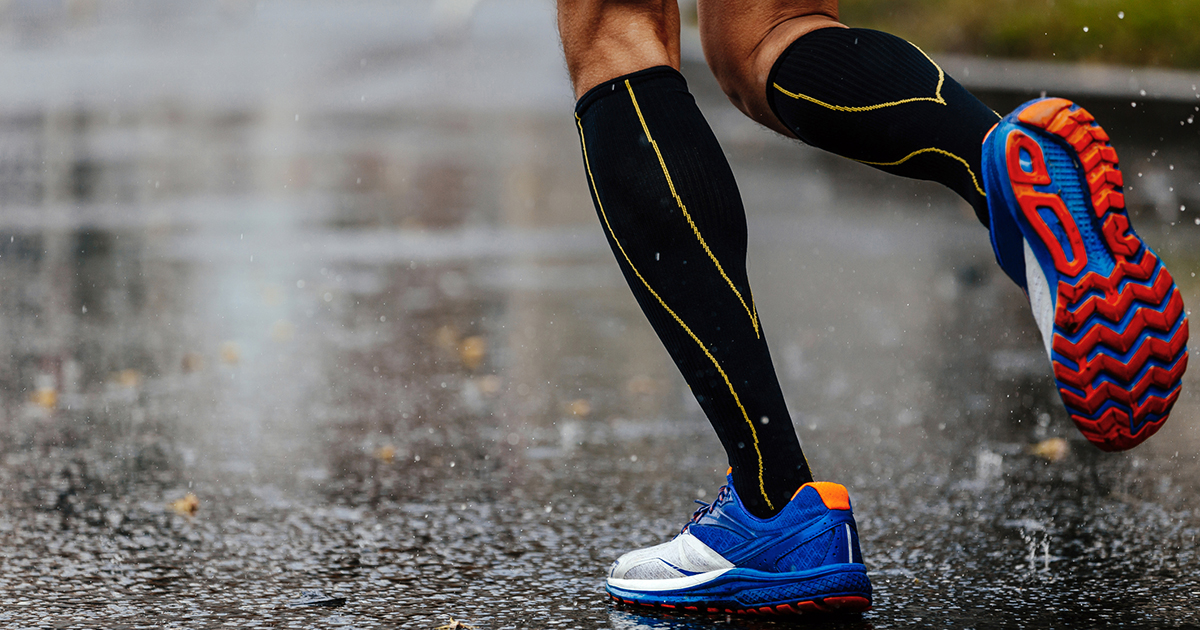Ways To Improve Poor Circulation
Circulation is important because it allows oxygen to get to all of an individual's organs. In addition, it can help cells grow and increase the health of the skin. Good circulation is crucial because it helps keep the blood flowing through the body and prevent fatty acids from clogging the heart. Understanding how poor circulation happens and why it is not healthy is important. Additionally, patients should understand what things contribute to poor circulation and what they can do to improve it. This will lead to aiding the body to combat illnesses and increase overall health and function. Reveal the methods of improving poor circulation now.
Stretching And Exercise

Increasing blood flow to the muscles is effective at improving poor circulation, and the best way to do this is through stretching and exercise. Stretching helps increase blood flow to the muscles to prepare them for exercise. When the individual's circulation is better, their body can recover faster from injuries because waste byproducts are eliminated easier. Additionally, it is important to keep the cardiovascular system healthy, since it aids in better circulation. There are many different exercises patients can do to help increase their circulation. Many individuals try meditation, deep breathing, and yoga. These kinds of exercises help increase blood flow through the chest and heart. Other exercises, like walking and lifting weights, are great as they also work to improve the cardiovascular system. Patients do not have to start with a rigorous exercise or stretching routine. Instead, they can start small and do more as their body gets healthier.
Wear Compression Socks

It can be a particularly good idea for patients with poor circulation to wear compression socks, especially if they also have problems with blood clots or diabetes. These are special socks that can help increase blood flow and circulation by aiding the body by forcing it up from the lower extremities. The feet and legs are usually forced to push the blood and fluid up through the rest of the body and back into blood vessels, but poor circulation makes this far more difficult. So, compression socks fit tightly on the lower part of the leg. This gentle pressure helps the blood fight gravity and prevents blood from pooling in the legs and feet. Patients usually do not have to wear them at night because their legs are horizontal then, and it is easier to make the blood flow up the legs and through the body.
